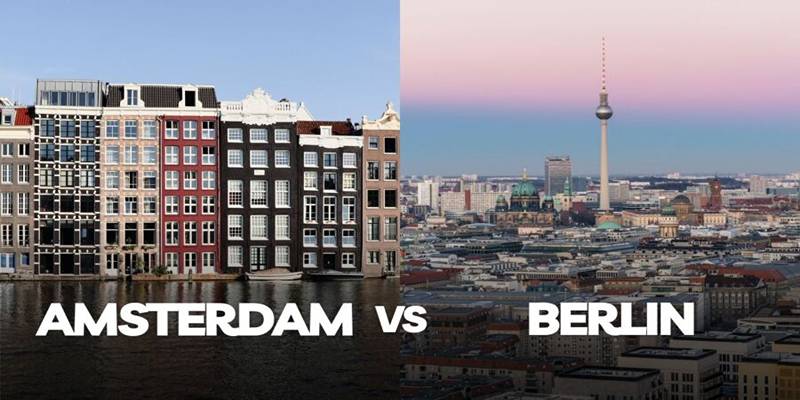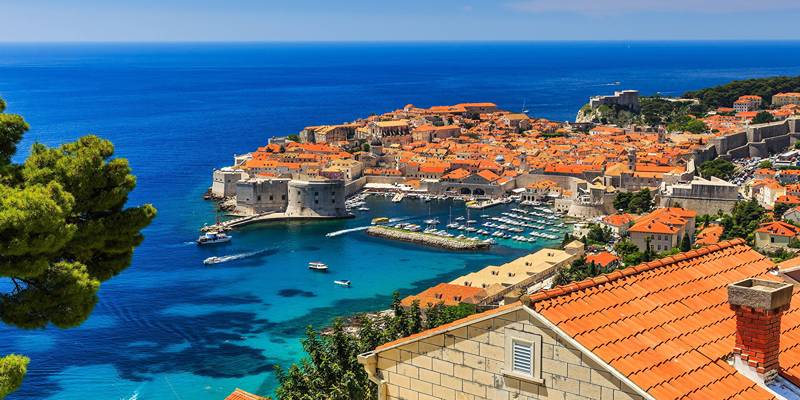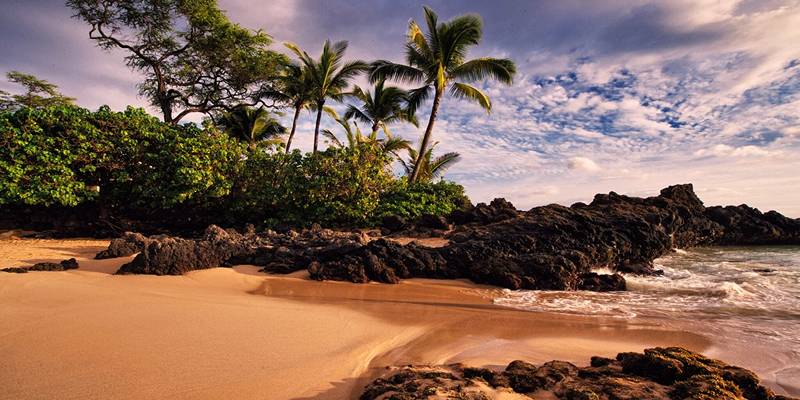Croatia is a country of striking contrasts—coastal cliffs, historic cities, national parks, and island landscapes—all tied together by a transportation system that offers accessibility and variety. With destinations spread across both land and sea, understanding how to get around in Croatia helps visitors make the most of their time and travel with ease.
The most common ways to move between regions include buses, ferries, rental cars, and, to a lesser extent, trains. Each method serves a specific purpose depending on whether travelers are visiting inland cities, coastal villages, or offshore islands. While distances aren’t vast, planning the right mode of transport can make a significant difference in time, comfort, and flexibility.
Buses: Reliable and Widespread
Public bus services form the backbone of domestic travel in Croatia. The national bus network is comprehensive, linking major cities, small towns, and remote inland areas with frequent and affordable services. Cities such as Zagreb, Split, Dubrovnik, Zadar, Rijeka, and Pula are all served by well-organized stations with clear schedules and modern facilities.
Travelers who rely on intercity buses benefit from a range of departure times and the ability to reserve seats online or in person. Several competing companies operate on the same routes, offering choices based on timing, comfort level, and price. These buses are clean, air-conditioned, and typically include luggage storage.
From the coast to the interior, buses are often the most direct and efficient way to reach popular national parks, rural destinations, and even ferry ports. In some areas with no rail access, they are the only viable public transport option.
Ferries and Catamarans: The Lifeline of the Islands
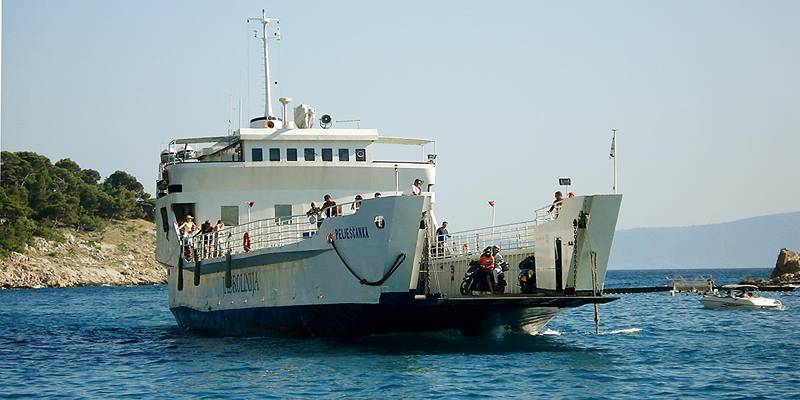
With over a thousand islands dotting its Adriatic coastline, Croatia relies heavily on maritime transport. Ferries and catamarans serve as critical connectors between the mainland and island communities, especially in regions such as Dalmatia and Kvarner.
Large ferries accommodate both passengers and vehicles and are helpful for those driving across multiple islands or combining road and sea travel. High-speed catamarans, on the other hand, are ideal for passengers without cars who prefer faster service. Operators such as Jadrolinija and Krilo run daily lines that serve routes between Split, Hvar, Brač, Korčula, Vis, and Dubrovnik, among others.
Island ferries typically depart from ports close to city centers. These services run more frequently in summer, though booking is recommended during peak months. Some routes may reduce frequency in winter, and crossings can be delayed due to weather, so flexibility in planning is helpful.
Trains: Limited But Scenic for Inland Routes
Rail service in Croatia is centered primarily around the capital, Zagreb. While not as extensive or fast as the bus system, trains provide a pleasant and scenic alternative for traveling between specific inland destinations. Routes connect Zagreb with cities like Osijek, Varaždin, Rijeka, and Karlovac.
Train service to Split is available, but the journey takes considerably longer than a comparable bus ride. The coastal rail line is underdeveloped compared to inland connections, meaning that train travel is not practical for reaching most of the Adriatic coastline.
Despite its limited network, train travel is valued for its quiet and scenic routes. Cars are usually spacious, and some services offer first-class seating. For those with flexible schedules and a preference for comfort over speed, rail can still be a worthwhile option.
Rental Cars: Ideal for Flexibility and Scenic Exploration
Renting a car is an excellent choice for travelers wanting to explore beyond city centers, reach national parks, or drive coastal routes at their own pace. Croatia’s road system is modern and well-signed, especially along the A1 motorway, which connects Zagreb with the Dalmatian coast. The journey by car between major cities is efficient, scenic, and direct.
Travelers interested in the Istrian Peninsula, inland villages, or mountainous regions will also benefit from the flexibility a rental car offers. Vehicles are available at all major airports, ferry ports, and train stations. Rental providers range from international chains to local operators, and most rentals include automatic or manual transmission options.
Parking in city centers can be limited, especially in historical districts where vehicle access is restricted. Planning by checking available parking zones or using accommodation with private parking is advised.
Domestic Flights: Fast Travel Between Distant Cities
For long-distance travel within Croatia, particularly between Zagreb and Dubrovnik or Pula, domestic flights provide time savings. National carriers operate short flights that cover north-south distances quickly, avoiding the need for long road or bus travel. These flights typically last under an hour and are available throughout the year.
While convenient, flights may not always be the most economical option and are subject to scheduling changes. Additionally, getting to and from airports may require local taxi or shuttle arrangements, which adds to the overall travel time and cost. Still, for those with tight itineraries, flights can bridge long distances effectively.
Biking and Scooter Options for Short Distances
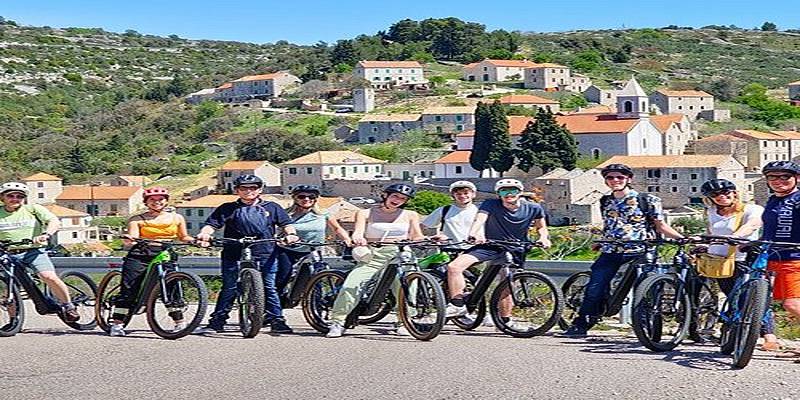
In coastal towns and island regions, bicycles and scooters offer an eco-friendly way to explore. Rentals are widely available and especially useful for short trips between beaches, harbors, and nearby villages. Many seaside promenades and rural roads are bike-friendly, and electric scooters are gaining popularity in tourist zones.
These options allow for easy movement where cars may be impractical or where local bus routes are infrequent. They are also ideal for travelers wanting to enjoy the outdoors at a leisurely pace while avoiding traffic and parking concerns.
Conclusion
Getting around in Croatia is straightforward once the strengths of each transport mode are understood. Buses serve as the most comprehensive and affordable option across regions. Ferries are essential for island hopping, while rental cars give unmatched flexibility for rural and coastal routes. Though trains are less extensive, they offer a scenic and comfortable option between inland destinations.
Local transit in cities is efficient, and short-distance travel is well supported by walking, biking, or scooters. Each method plays a role in experiencing the varied terrain, culture, and coastlines of Croatia.





